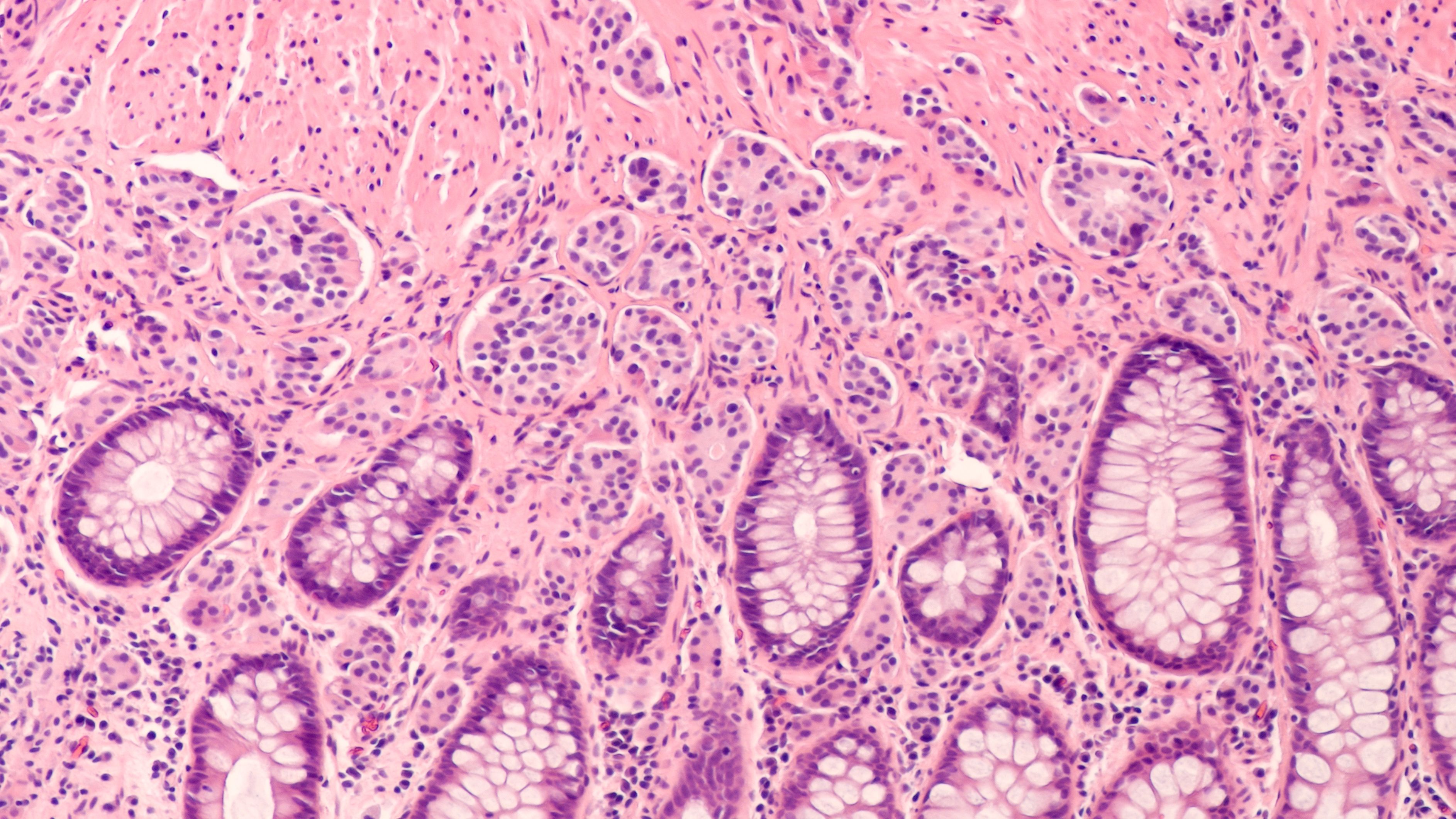Timing of DLBCL Relapse Linked With Evolutionary Patterns
A report suggests the cause behind different outcomes among patients with diffuse large B-cell lymphoma who relapse, highlighting that patients whose cancer relapses shortly after treatment tend to have worse responses to additional chemotherapy-based treatment.
David Scott, MBChB PhD

Patients with diffuse large B-cell lymphoma (DLBCL) categorized as having late relapses, defined as those who relapse more than 2 years after their initial diagnosis, often have genetically distinct and chemotherapy-naive disease compared with patients with early relapses, according to findings published in the Journal of Clinical Oncology.1
Investigators noted that diagnostic and relapse biopsies corresponded most for cell-of-origin classification and genetics-based subgroups. However, the mutations exclusive to each biopsy increased with time from diagnosis, and earlier diagnoses were more closely genetically related. This suggests innate resistance to (immuno)chemotherapy.2
“Tumors that do not respond to first-line therapy or relapse early look genetically very similar to the tumor at diagnosis, indicating that resistance to chemotherapy in that situation is inherent or ‘baked in’ to the tumor. This supports the use of strategies that employ other mechanisms of action in primary refractory and early relapse, such as cellular therapies or targeted therapies, as opposed to further chemotherapy,” David W. Scott, MBChB, PhD, of the University of British Columbia, told Targeted OncologyTM.
“In later relapses, the diagnostic and relapse tumors were genetically quite different, only sharing a handful of mutations, indicating that the late relapses are new lymphomas arising from persistent precursor cells. These findings are consistent with what we see clinically, in that these tumors are usually chemosensitive. For this reason, second-line chemotherapy-based strategies remain a reasonable option in this scenario.”
To further understand the relationship between relapse timing and outcomes after second-line (immuno)chemotherapy, investigators examined a population-based cohort of 221 patients with DLBCL. In addition, they sought to determine the evolutionary dynamics that support this relationship.1
Among the 221 patients evaluated, progression/relapse following frontline treatment was observed, and the patients were treated with second line (immuno)chemotherapy with an intention-to-treat with autologous stem-cell transplantation (ASCT). A total of 89% of patients received gemcitabine, dexamethasone, and cisplatin, with or without rituximab (Rituxan), with intention to treat with consolidative ASCT in patients with (immuno)chemotherapy-responsive disease.
“We observed that patients who experienced primary refractory disease or early relapse typically did not respond to second-line chemotherapy and the outcomes of the second-line chemotherapy with planned ASCT were poor, with low rates of long-term remission,” said Scott. “In contrast, patients that experience relapse beyond 2 years of diagnosis frequently had good responses to second-line chemotherapy/ASCT and commonly this strategy resulted in long-term remission. We then performed molecular studies on both the diagnostic and relapse biopsies of patients to understand why there were these differential patterns of clinical behavior.”
Lymphomas: © David A Litman - stock.adobe.com

In total, serial DLBCL biopsies from a partially overlapping cohort of 129 patients underwent molecular characterization. This included whole-genome or whole-exome sequencing in 73 patients. Thirty-two of the 129 patients had prior indolent lymphoid neoplasms and 97 had apparently de novo DLBCL at diagnosis, including 11 who had a subsequent indolent lymphoma diagnosis.
Three relapse timing categories were used to categorize the 221 patients, including primary refractory disease, late relapses, and early relapses. Primary refractory was defined as patients whose cancers progressed within 9 months of diagnosis, and early relapse was defined as between 9 and 24 months after diagnosis. These patients had inferior outcomes compared with those patients who relapsed more than 24 months after diagnosis.
Significant differences were observed in response rates to second-line (immuno)chemotherapy and the proportion of patients who ultimately received consolidative ASCT. This showed superior (immuno)chemosensitivity of tumors among patients who experienced late relapses.
The progression-free survival and overall survival rates among patients who experienced late relapse also were significantly superior relative to patients with primary refractory or early relapse when considering either time from first progression/relapse or from ASCT.
“Even in late relapses, the molecular subtype of DLBCL, whether that be cell-of-origin or genetic subtype, was consistent between diagnosis and relapse. However, in late relapses, the mutations are different between diagnosis and relapse. This indicates that the mutations in the common precursor cell constrain the pathways that these cells can travel to get to DLBCL – they constrain the evolution,” added Scott.
Based on these findings, repeated biopsies and molecular analysis are vital to better understand the outcomes in patients with relapsed DLBCL. Experts believe that these results help better design clinical trials for targeted therapies, as well as better our understanding of the outcomes from those studies.
According to the experts who worked on this report, more focus will be placed on patients with early relapse to further understand treatment resistance with the hopes of identifying more effective therapies. Further, the common precursor cells that contribute to the development of DLBCL will be explored more in depth to determine the role.
“The molecular subtype of the relapse tumor will likely be the same as the diagnostic sample but the mutations in a late relapse will likely be different. If you are using agents that rely on mutations to be present or certain pathways to be altered then performing molecular characterization on the relapse biopsy is desirable,” said Scott.
REFERENCE:
Hilton LK, Ngu HS, Collinge B, et al. Relapse Timing Is Associated With Distinct Evolutionary Dynamics in Diffuse Large B-Cell Lymphoma. J Clin Oncol. 2023;41(25):4164-4177. doi:10.1200/JCO.23.00570
Study reveals cause of different outcomes for patients who experience relapse of diffuse large B-cell lymphoma. News release. University of British Columbia. June 20, 2023. Accessed November 28, 2023. https://tinyurl.com/2zh4ns39